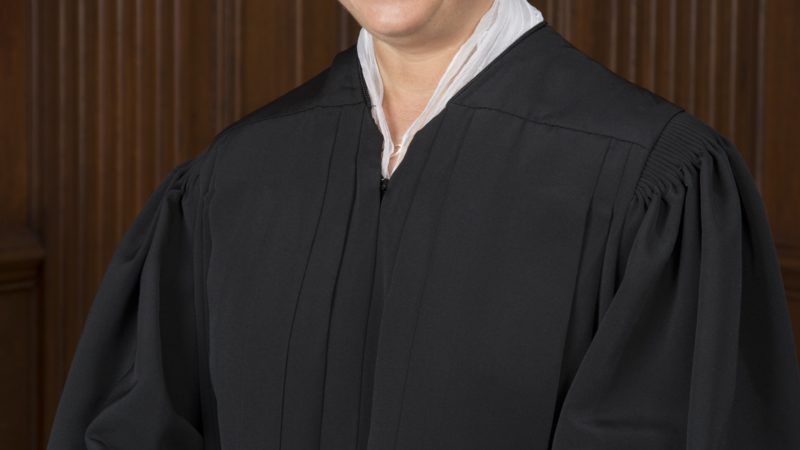Why Didn't Justice Kagan Join Justice Sotomayor's Opinion Respecting Certiorari in National Coalition for Men v. Selective Service System?
Many were surprised that the K-named Justice joining Justice Sotomayor was Justice Kavanaugh instead of Kagan.

On Monday, the Supreme Court denied certiorari in National Coalition for Men v. Selective Service System, an Equal Protection challenge to only requiring men to register for the military draft.
Justice Sonia Sotomayor offered an opinion respecting the denial of certiorari, suggesting the Court's 1981 decision in Rokster v. Goldberg is incompatible with the Court's subsequent Equal Protection jurisprudence on sex-based classifications. Her opinion was joined by Justices Stephen Breyer and Brett Kavanaugh. Josh Blackman commented on Justice Kavanaugh's decision to join Sotomayor's opinion. Yet what explains Justice Kagan's refusal to join? Her absence may be no less conspicuous than Kavanaugh's join.
One possibility is that Justice Kagan did not want to join an opinion implicitly suggesting a Supreme Court decision should be overruled. Although her opinion suggested a willingness to wait for Congress to reconsider the policy of only requiring men to register, "at least for now," the opinion carried an implicit message of disapproval.
In an earlier post this week, Ilya Somin suggested Justice Kagan is almost certainly a fourth vote to overturn Rokster. Ilya may be right, but I am not so sure--and I think it quite unlikely that Kagan would want to signal as much right now.
In multiple recent opinions Justice Kagan has positioned herself as the champion of stare decisis on the Court, taking every opportunity to defend the importance of precedent and shame the Court's moderate conservatives into following the Court's prior cases. Indeed, Justice Kagan has gone out of her way to highlight her willingness to follow precedents with which she disagrees, most recently in Edwards v. Vannoy. The first footnote to Kagan's Edwards opinion reads:
I dissented in Ramos precisely because of its abandonment of stare
decisis. See 590 U. S., at ___−___ (slip op., at 5–9) (ALITO, J., dissenting);
see also Kimble v. Marvel Entertainment, LLC, 576 U. S. 446, 455 (2015)
("Respecting stare decisis means sticking to some wrong decisions"). Now
that Ramos is the law, stare decisis is on its side. I take the decision on
its own terms, and give it all the consequence it deserves.
Given some of the cases the Court has yet to decide this term (most notably Fulton v. City of Philadelphia)--and tests of other landmark precedents on the horizon--Kagan has reason to be thinking about stare decisis. Whatever one thinks of the merits, it would be understandable if Kagan did not want to join an opinion casting shade on a prior Supreme Court opinion, even one with which she might disagree, while urging her colleagues to let (what they see as) erroneously decided cases to stand. After all, the Supreme Court under Chief Justice Roberts has been a "stare decisis court," overturning prior court precedents at a lower rate than its post-War predecessors. Justice Kagan would like to keep it that way.
UPDATE: For a critical take on Justice Kagan's approach to stare decisis, see this recent piece by Illinois Law Dean Vikram David Amar.
